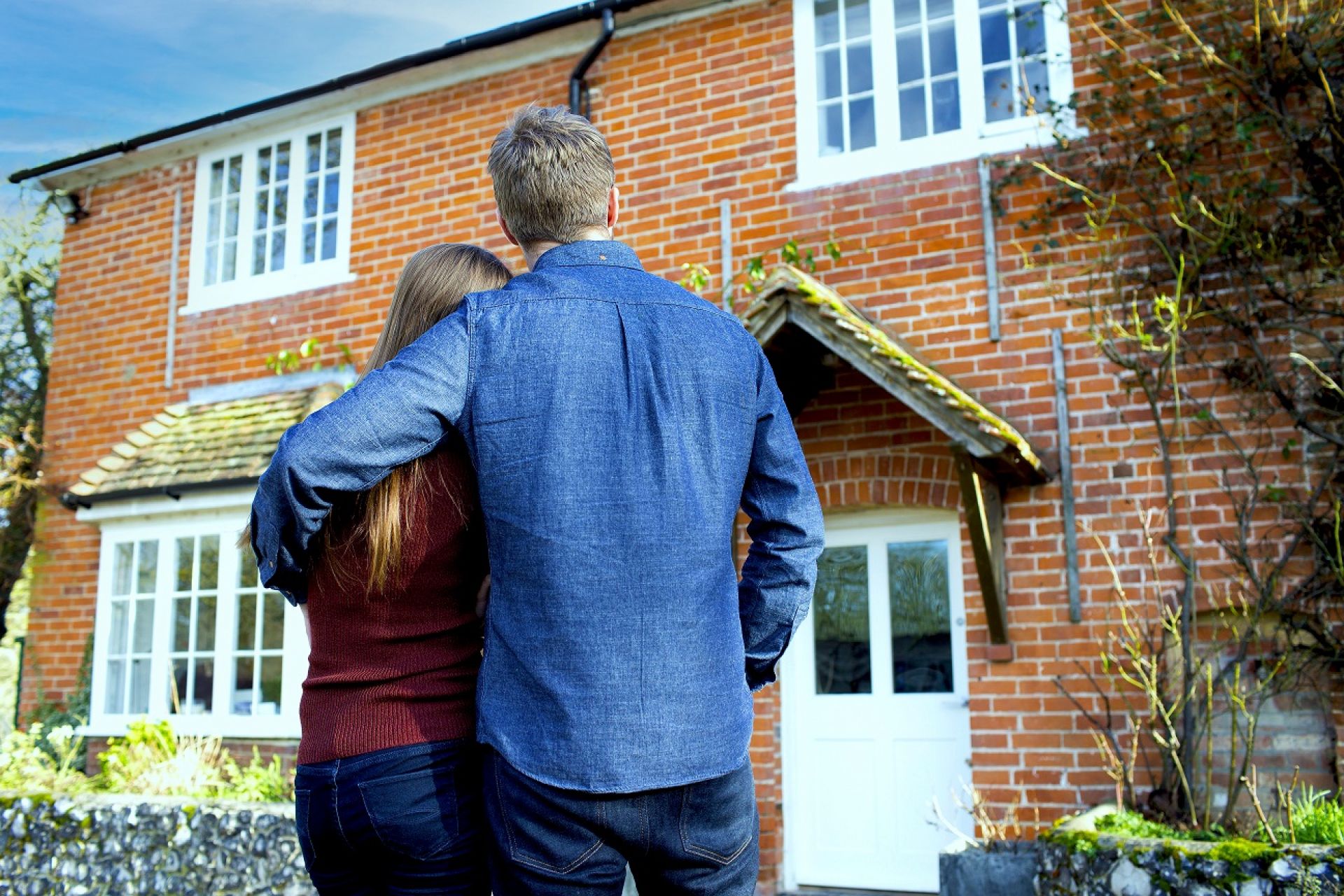The average buyer spends around 15 minutes looking at a property before buying. It’s quite amazing when you think about it. We spend more time inspecting cars and at least test drive them first!

Buying a home is a very special time and we often know when we have found the right one as soon as you walk through the door. Something inside lets you know that you will be happy here. In the excitement and rush to make it happen, we often forget to check things out.
So here is our checklist of aspects to look out for when looking around a property to buy. It will probably not change your mind about buying it, but at least you will be informed.
This list is by no means exhaustive and does not include the obvious items that people tend to focus on anyway like kitchens, bathrooms, decor and flooring. Here is our shortlist of key items to look out for:
|
Heating System Like all appliances, heating systems and their components have a lifespan after which they will need to be repaired or replaced. Take a look at the central heating system components like the boiler, radiators, tanks and try and ascertain how old they are. You can make a judgement about how long it is likely to be before they require attention. Look out for stickers which identify the date it was installed or last inspected. Don’t forget about fires and log burners, you need to be satisfied they are safe before you use them. |
|
|
Electrical Installation The consumer unit, often referred to as the fuse box is where the electrical circuits are controlled. Each circuit for the lighting, sockets, etc will be controlled with a safety switch (sometimes called a fuse) which will cut the power to prevent injury in an emergency. Regulations relating to electrical safety standards are constantly being updated and so all but the most recently installed systems are likely to meet current regulations. An older consumer unit does not necessarily mean it is unsafe, but it is wise to understand when the system was installed or last tested. Look out for stickers on the consumer unit which may indicate when it was installed and tested. If in doubt speak to an electrician and take some advice. Don’t assume that all older properties need to be rewired; sometimes an upgraded consumer unit is all that may be required to meet your needs. |
|
|
Damp It is important to understand the difference between condensation and damp, as they are all too often confused. Whilst looking around the property keep an eye out for discoloured walls, ceilings and mould which may indicate the surface is, or has been wet. This may be a result of a previous leak or a current issue. Damp is often caused from water penetrating the property from outside. Bricks are porous and water from a broken gutter for example will eventually find its way inside. Mould can often be caused by a lack of ventilation. Water vapour from cooking, laundry drying and showers will condensate on walls and ceilings if it is prevented from exiting the property. Homeowners often forget to use extractor fans and open windows and doors to ventilate. So don’t assume mould means damp. |
|
|
Cracks Plaster may crack over time as it dries out and plasterboards move causing the joints to fissure. This does not necessarily mean there are structural defects. It is important however to look at the outer brickwork of a property for signs of cracks in mortar joints or bricks. Some movement in the bricks can occur around windows and doors during the installation of new units. This can lead to cracks appearing in the mortar joints. So if in doubt, seek the advice of a professional. |
|
|
Roof & Roof Space The roof of a property is obviously an important part of the structure which protects the property from the elements. It is worthwhile taking the time to look at the roof from the ground level to see if there are any tiles missing or dislodged. If there are any concerns, it may be worthwhile looking inside the loft or roof space if it is accessible to check it is all dry. The ceilings in the property are a good indicator or any potential issues with the roof, as any significant leaks on the roof are likely to come through to the ceilings inside the property. If in doubt, you could ask a local roofer to take a look and provide you with some advice. |
|
|
Guttering, Facia Boards & Down Pipes Rainwater from the roof is collected by the gutters and carried down the downpipes to drain away. Faulty gutters and downpipes are not particularly expensive to rectify but can cause damp inside the property when defective. Facia boards protect the ends of the roof trusses and form a watertight barrier to protect the roof, so ensure there are no signs of deterioration. |
|
|
Appliances Most homeowners will take their white goods with them when they move, but any integrated appliances like cookers, dishwashers, etc which are included in the sale should be checked to make sure they work. |
|
|
Windows & Doors It is worthwhile taking a closer look at windows and doors to ensure they are in good order, open and close properly and locking mechanisms work. |
|
|
Alarms & Security Systems If the property is equipped with an alarm, CCTV, Intercom or another security system, take the time to check that it is operational and the owners are able to provide the required codes and keys. |
|
Once you have viewed a property you may be wondering if you should have a survey. Take a look at this article to find out more. Or if you are ready to make an offer, buyers find the information in the How To Make and Negotiate an Offer Guide really useful.
Here at The Property Hive estate agents in Doncaster we have a wealth of knowledge and experience regard property across Doncaster. Give us a buzz if you would like any help, assistance or advice about buying a property.










